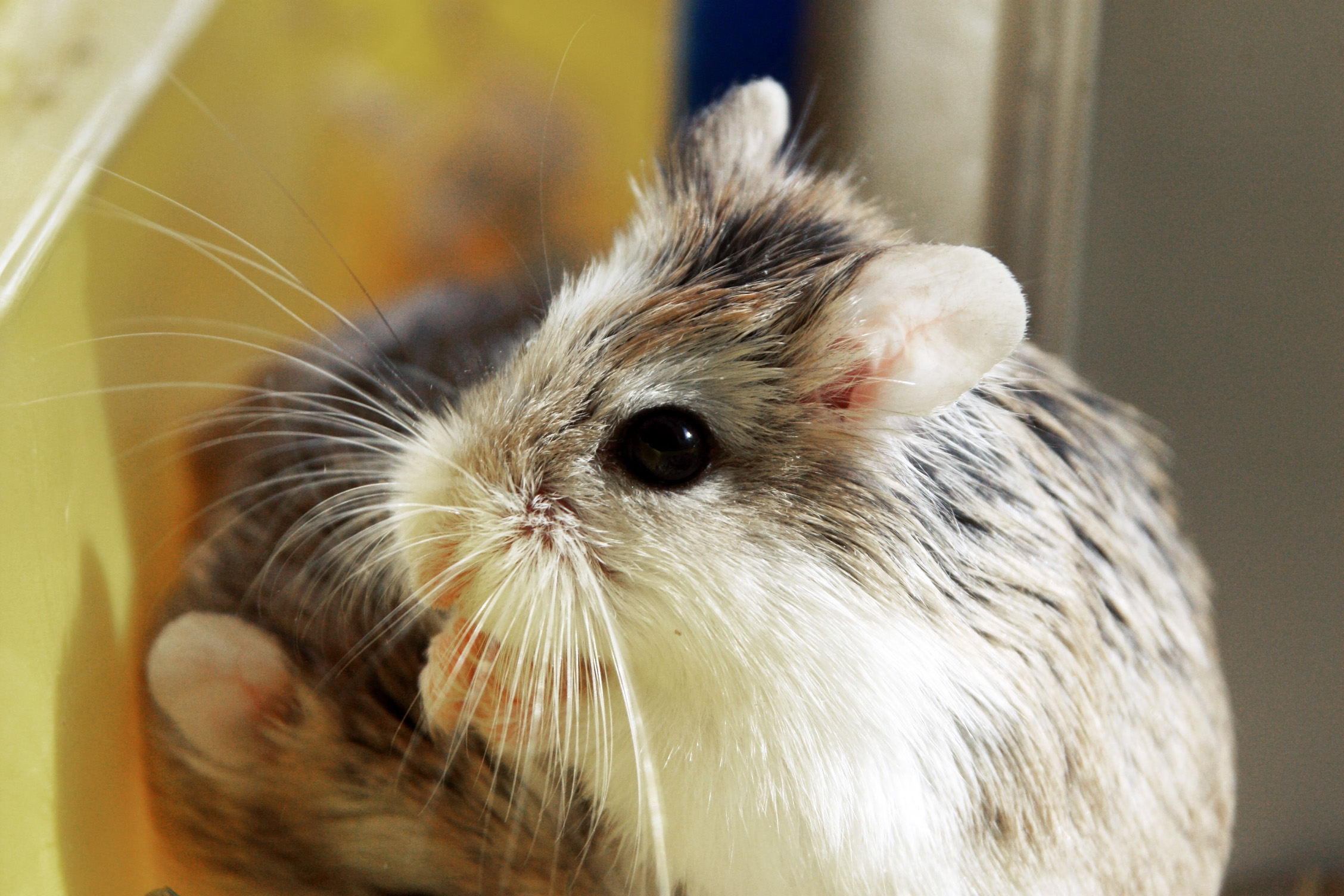|
Schidlovsky's Vole
Schidlovsky's vole (''Microtus schidlovskii'') is a species of rodent in the family Cricetidae. It is normally found in northwestern Armenia, and was long considered a subspecies of the social vole The social vole (''Microtus socialis'') is a species of rodent in the family Cricetidae. It is found in China, Iran, Kazakhstan, Syria, Turkey, Tajikistan, Kyrgyzstan, Russia, Georgia, Azerbaijan, Armenia and Ukraine. It may also be found in nort ... until relisted as a species by Golenishchev in 2002. References *D.E. Wilson & D.M. Reeder, 2005: Mammal Species of the World: A Taxonomic and Geographic Reference. Third Edition. The Johns Hopkins University Press, Baltimore Microtus Mammals described in 1933 {{Microtus-stub ... [...More Info...] [...Related Items...] OR: [Wikipedia] [Google] [Baidu] |
Rodent
Rodents (from Latin , 'to gnaw') are mammals of the Order (biology), order Rodentia ( ), which are characterized by a single pair of continuously growing incisors in each of the upper and Mandible, lower jaws. About 40% of all mammal species are rodents. They are native to all major land masses except for Antarctica, and several oceanic islands, though they have subsequently been introduced to most of these land masses by human activity. Rodents are extremely diverse in their ecology and lifestyles and can be found in almost every terrestrial habitat, including human-made environments. Species can be arboreal, fossorial (burrowing), saltatorial/ricochetal (leaping on their hind legs), or semiaquatic. However, all rodents share several morphological features, including having only a single upper and lower pair of ever-growing incisors. Well-known rodents include Mouse, mice, rats, squirrels, prairie dogs, porcupines, beavers, Cavia, guinea pigs, and hamsters. Once included wi ... [...More Info...] [...Related Items...] OR: [Wikipedia] [Google] [Baidu] |
Cricetidae
The Cricetidae are a family of rodents in the large and complex superfamily Muroidea. It includes true hamsters, voles, lemmings, muskrats, and New World rats and mice. At over 870 species, it is either the largest or second-largest family of mammals, and has members throughout the Americas, Europe and Asia. Characteristics The cricetids are small mammals, ranging from just in length and in weight in the New World pygmy mouse up to and in the muskrat. The length of their tails varies greatly in relation to their bodies, and they may be either furred or sparsely haired. The fur of most species is brownish in colour, often with a white underbelly, but many other patterns exist, especially in the cricetine and arvicoline subfamilies. Like the Old World mice, cricetids are adapted to a wide range of habitats, from the high Arctic to tropical rainforests and hot deserts. Some are arboreal, with long balancing tails and other adaptations for climbing, while others ar ... [...More Info...] [...Related Items...] OR: [Wikipedia] [Google] [Baidu] |
Armenia
Armenia, officially the Republic of Armenia, is a landlocked country in the Armenian Highlands of West Asia. It is a part of the Caucasus region and is bordered by Turkey to the west, Georgia (country), Georgia to the north and Azerbaijan to the east, and Iran and the Azerbaijani exclave of Nakhchivan Autonomous Republic, Nakhchivan to the south. Yerevan is the Capital city, capital, largest city and Economy of Armenia, financial center. The Armenian Highlands has been home to the Hayasa-Azzi, Shupria and Nairi. By at least 600 BC, an archaic form of Proto-Armenian language, Proto-Armenian, an Indo-European languages, Indo-European language, had diffused into the Armenian Highlands.Robert Drews (2017). ''Militarism and the Indo-Europeanizing of Europe''. Routledge. . p. 228: "The vernacular of the Great Kingdom of Biainili was quite certainly Armenian. The Armenian language was obviously the region's vernacular in the fifth century BC, when Persian commanders and Greek writers ... [...More Info...] [...Related Items...] OR: [Wikipedia] [Google] [Baidu] |
Social Vole
The social vole (''Microtus socialis'') is a species of rodent in the family Cricetidae. It is found in China, Iran, Kazakhstan, Syria, Turkey, Tajikistan, Kyrgyzstan, Russia, Georgia, Azerbaijan, Armenia and Ukraine. It may also be found in northern Iraq, where either this species and/or the closely related Doğramaci's vole Doğramaci's vole (''Microtus dogramacii'') is a species of rodent in the family Cricetidae. It is found in Turkey, Syria, Jordan, Iran, and probably Iraq and Lebanon Lebanon, officially the Republic of Lebanon, is a country in the Levan ... is found. References * Baillie, J. 1996.Microtus socialis 2006 IUCN Red List of Threatened Species. Downloaded on 19 July 2007. *Musser, G. G. and M. D. Carleton. 2005. Superfamily Muroidea. pp. 894–1531 ''in'' Mammal Species of the World a Taxonomic and Geographic Reference. D. E. Wilson and D. M. Reeder eds. Johns Hopkins University Press, Baltimore. Microtus Mammals of Azerbaijan Vole, Socia ... [...More Info...] [...Related Items...] OR: [Wikipedia] [Google] [Baidu] |
Microtus
''Microtus'' is a genus of voles found in North America, Europe and northern Asia. The genus name refers to the small ears of these animals. They are stout rodents with short ears, legs and tails. They eat green vegetation such as grasses and sedges in summer, and grains, seeds, root and bark at other times. The genus is also called "meadow voles". There is some disagreement on the definitive list of species in this genus, and which subgenera are recognized. The American Society of Mammalogists recognizes the following 60 species, with discrepancies as noted: Subgenus ''Blanfordimys'' * Afghan vole (''Microtus afghanus'') * Bucharian vole (''Microtus bucharensis'') * Juniper vole (''Microtus yuldaschi'') Subgenus ''Euarvicola'' * Short-tailed field vole (''Microtus agrestis'') * Mediterranean field vole (''Microtus lavernedii'') * Portuguese field vole (''Microtus rozianus'') Subgenus ''Hyrcanicola'' (not recognized by the ASM, listed in subgenus ''Microtus'') * Schelkovni ... [...More Info...] [...Related Items...] OR: [Wikipedia] [Google] [Baidu] |


